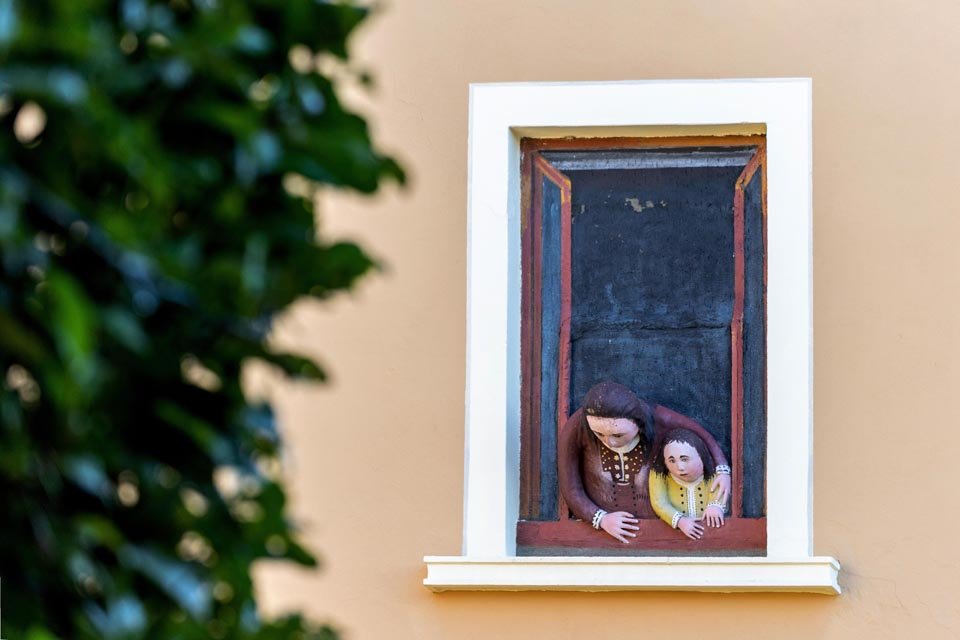Maternità e il gattino – Giuseppe Gavazzi
Borgo Museo | Sculture 1976 – 2004
ITALIANO | English below
La vita
Giuseppe Gavazzi nasce a Marcoussis, in Francia, nel 1936 da genitori toscani emigrati. Nel 1940 torna a Pistoia, e dieci anni più tardi entra all’Istituto d’Arte “Policarpo Petrocchi” dove studia fino al 1954. Da buon toscano fonda la sua arte nella pratica del disegno, dimostrando una spiccata capacità nel dare espressività e naturalezza alle figurazioni. La sua attività artistica ottiene presto favorevoli riscontri, tanto in Italia quanto all’estero, dove partecipa a importanti mostre d’arte come quelle a Basilea, Zurigo e l’esposizione al Grand Palais di Parigi. Col tempo si specializza nella pittura murale e sviluppando con passione questa tecnica inizia l’attività di restauratore nella bottega di Leonetto Tintori, intraprendendo un’impegnativa carriera che lo porta ad essere considerato uno dei più stimati specialisti del settore. Fra i suoi più importanti interventi ricordiamo quelli sul ciclo del Buono e del Cattivo Governo di Ambrogio Lorenzetti, sulla Maestà di Simone Martini e sugli affreschi di Giotto nella Cappella degli Scrovegni a Padova. In parallelo al complesso lavoro di restauro, non smette mai comunque di produrre le sue opere d’arte.
La poetica
Contemporaneamente alla sua crescita professionale come restauratore, Gavazzi continua ad esercitare l’arte della pittura e non solo: dalla metà degli anni ‘50 si cimenta anche nella scultura, utilizzando in particolare la pietra per eseguire figurazioni a bassorilievo e statue a tutto tondo. Passa poi all’intaglio di figure in legno, sempre presentate con accurate patinature, e verso la metà degli anni ‘60 giunge a plasmare anche l’argilla, per ottenere opere in terracotta, le prime delle quali terminava soltanto con coloriture monocrome mentre in seguito cura maggiormente la finitura con colori naturalistici, trovando in questa tecnica il mezzo espressivo più congeniale. Ottiene risultati di pari intensità anche con la modellazione dello stucco forte e con l’intaglio del legno, al quale torna con frequenza dalla fine degli anni ‘80. Sperimenta infine anche la tecnica del marmo e del bronzo, oltre a coltivare anche l’incisione. Il suo ricco e prolifico percorso dimostra quanto la sua intera e intensa vita sia stata dedicata completamente all’arte.
L’opera a Castagno
Maternità e il gattino è una composizione scultorea che occupa due finte finestre dalle quali alcune figure si affacciano sulla piazzetta cuore del borgo, con la fontana del 1826. L’edificio è stato in passato e per molto tempo un noto ristorante, attualmente e ormai da diversi anni è chiuso. Nella finta finestra più alta vediamo un bambino mentre gioca col suo micino nero, in quella sottostante la madre che con un braccio tiene stretta la figlia mentre entrambe si sporgono dal davanzale. Osservando i loro lineamenti si riconosce immediatamente lo stile dell’artista che, sia in ambito scultoreo che pittorico, è solito ritrarre i soggetti con linee semplici e morbide. I volti sembrano quasi sferici. Gli occhi, i nasi e le bocche sono elementi ben disegnati ma anch’essi definiti da tratti essenziali. Nonostante queste evidenze, alle volte, capita che qualche nuovo passante scambi, ad una prima vista, le sculture per persone vere accennando loro un saluto. Il fascino dei tanti personaggi di Gavazzi è dovuto proprio al fatto di essere inseriti in ordinarie situazioni di vita quotidiana ma contemporaneamente sospesi in un arcano stupore che continua a suscitare nello spettatore. Curiosità: sì, anche il gatto nero (o la gatta nera?) più grande che si trova collocato sopra la porta dell’abitazione accanto all’ex-ristorante porta la firma di Gavazzi. A noi sembra una gatta, la mamma del gattino.
Di Gavazzi a Castagno sono presenti ben altre due opere: l’affresco Febbraio in paese e La Meridiana dipinta sulla facciata di Casa Paloscia. Scopri di più leggendo le relative schede.
ENGLISH
Biography
Giuseppe Gavazzi was born in Marcoussis, France, in 1936 to Tuscan emigrant parents. In 1940 he returned to Pistoia, and ten years later he entered the "Policarpo Petrocchi" Art Institute where he studied until 1954. As a good Tuscan he founded his art in the practice of drawing, demonstrating a strong ability to give expressiveness and naturalness to the figurations. His artistic activity di lui soon obtained favourable feedback, both in Italy and abroad, where he participated in important art exhibitions such as those in Basel, Zurich and the exhibition at the Grand Palais in Paris. Over time he specialised in mural painting and developing this technique with passion, he began his activity as a restorer in Leonetto Tintori's workshop, undertaking a demanding career that led him to be considered one of the most respected specialists in the sector. Among his most important interventions by him we remember those on the cycle of Good and Bad Government by Ambrogio Lorenzetti, on the Majesty by Simone Martini and on Giotto's frescoes in the Scrovegni Chapel in Padua. In parallel with the complex restoration work, he never stops producing his works of art.
Philosophy
At the same time as his professional growth as a restorer, Gavazzi continued to practice the art of painting and more: from the mid-1950s he also tried his hand at sculpture, in particular using stone to perform bas-relief figurations and statues in the round. He then moved on to carving wooden figures, always presented with accurate patinations, and in the mid-1960s he also came to shape clay, to obtain works in terracotta, the first of which ended only with monochromatic colours while later he takes greater care of the finish with naturalistic colours, finding in this technique the most congenial means of expression. He also obtains results of equal intensity with the modelling of strong stucco and with wood carving, to which he returns frequently since the late 1980s. Finally, he also experiments with the technique of marble and bronze, as well as cultivating engraving. His rich and prolific career demonstrates how his entire and intense life was completely dedicated to art.
Artwork in Castagno
Maternità e il gattino (Maternity and the kitten) is a sculptural composition that occupies two false windows from which some figures overlook the small square in the heart of the village, with the 1826 fountain. The building was in the past and for a long time a well-known restaurant, now and now for several years it is closed. In the upper fake window we see a child playing with his black kitten, in the one below the mother who holds her daughter tightly with one arm while both lean over the windowsill. Observing their features you immediately recognise the artist's style who, both in the sculptural and pictorial fields, usually portrays the subjects with simple and soft lines. The faces seem almost spherical. The eyes, noses and mouths are well designed elements but also defined by essential features. Despite these evidences, at times, it happens that some new passer-by exchanges, at first sight, the sculptures for real people by hinting at them a greeting. The charm of Gavazzi's many characters is due precisely to the fact that they are inserted in ordinary situations of everyday life but at the same time suspended in an arcane amazement that continues to arouse in the viewer. Curiosity: yes, even the largest black cat (or the black cat?) Located above the door of the house next to the former restaurant bears the signature of Gavazzi. She looks like a cat to us, the kitten's mother.
There are two other works by Gavazzi in Castagno: the Febbraio fresco in the village and La Meridiana painted on the facade of Casa Paloscia. Find out more by reading the related sheets.



